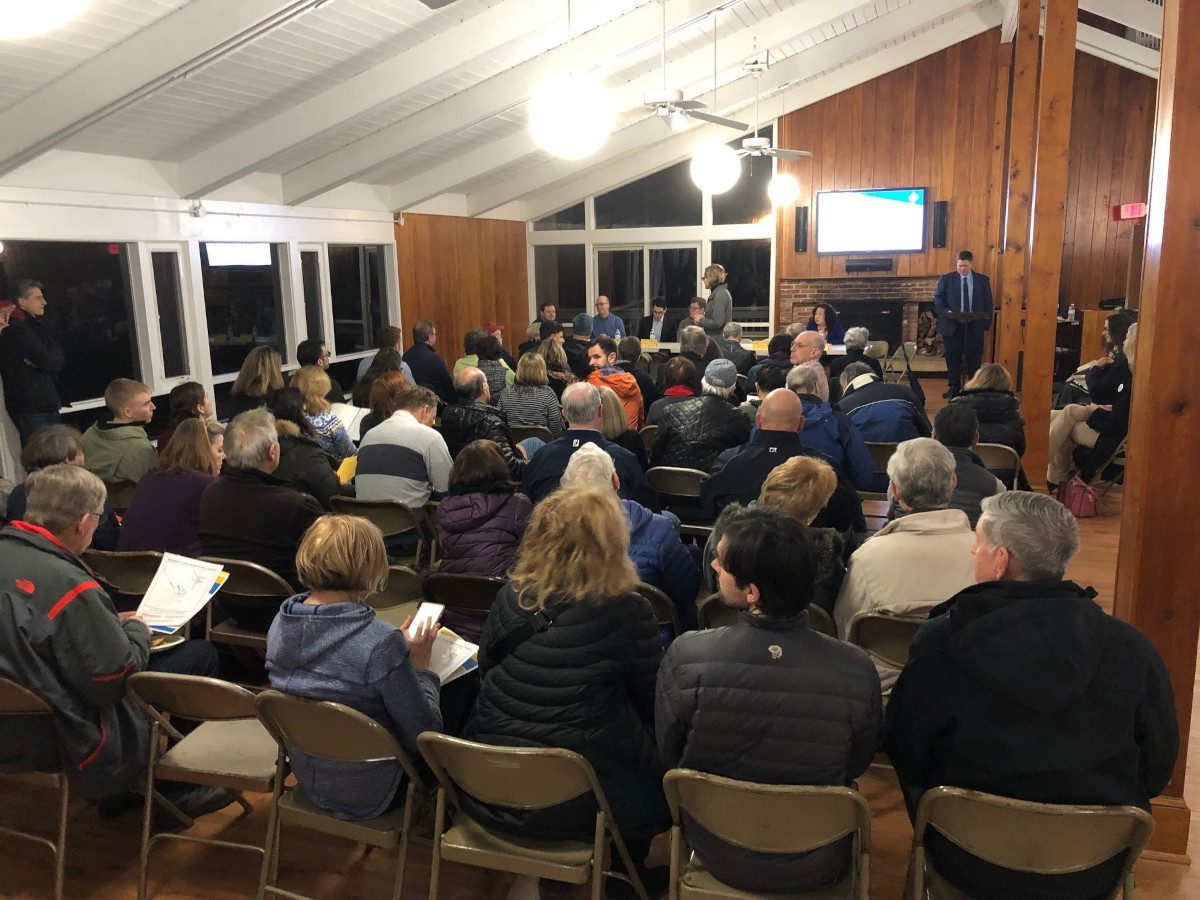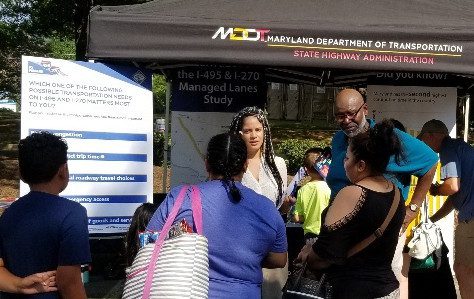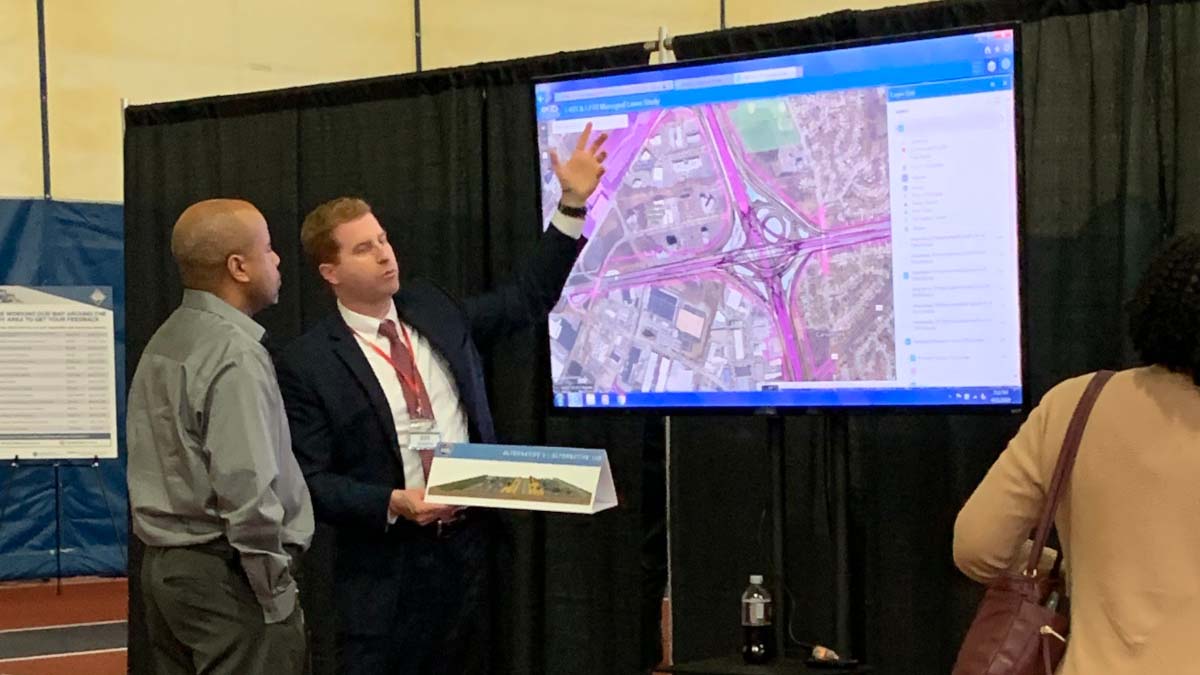Article updated on August 30, 2022
The historic effort to reduce traffic congestion for millions of people in the Washington, DC area just hit the final key milestone. The Federal Highway Administration (FHWA) issued the Record of Decision (ROD) for the I-495 & I-270 Managed Lanes Study. With the issuance of the ROD, the National Environmental Policy Act (NEPA) process is completed for the Study.
@MDSHA & @USDOTFHWA today announced approval of the Record of Decision for the I-495 & I-270 Managed Lanes Study Final Environmental Impact Statement. Read the release at https://t.co/Z6bIsC5kZL or visit https://t.co/KoMrOySHrU.#OpLanesMD #MDTravelOptions #AmericanLegionBridge pic.twitter.com/tkYz2TkjGM
— @OpLanesMD (@oplanesmd) August 25, 2022
The ROD announces the selection of the Preferred Alternative, Alternative 9 – Phase 1 South, as the Selected Alternative for Study located in Montgomery and Prince George’s Counties, Maryland, and Fairfax County, Virginia. The ROD also documented the mitigation and commitments to be carried forward into the final design and construction.
The DC region is one of the most congested areas in the United States. According to MDOT, drivers experience seven to 10 hours of traffic congestion on I-495 and I-270 every day. Projections show delays could get worse and increase as much as 70% by 2040.
RK&K’s Transportation Planning, Natural Resources, and Traffic teams led the development of the Preferred Alternative which would replace the aging 60-year-old American Legion Bridge over the Potomac River connecting Maryland and Virginia. The plan works to reduce traffic congestion along I-495 and I-270 to allow people to reach their destinations faster and remove overflow traffic from nearby roads.
- On I-495, the plan includes two new High Occupancy Toll (HOT) managed lanes in each direction from south of the George Washington Parkway in Fairfax County, VA to west of MD 187 (Old Georgetown Road) in Montgomery County, MD.
- On I-270, the plan converts the existing High Occupancy Vehicle (HOV) lane in each direction to a HOT managed lane and add one new HOT managed lane in each direction on I-270 from I-495 to north of I-370, and on the I-270 East and West spurs.
The plan creates new opportunities for regional transit bus service and increased carpool/vanpool/ridesharing that reduces dependency on single-occupancy vehicles around the DC area into suburban Maryland. Also included, a new shared-use path on the American Legion Bridge, along with other new or upgraded pedestrian and bicycle improvements to connect Maryland and Virginia.
RK&K’s Environmental team led the extensive approach to minimize the natural, cultural, and socio-economic impact of the project on wetlands and waterways, threatened/endangered species, and historic buildings and sites in the area. The innovative approach included an interactive online GIS mapping tool, developed and maintained by RK&K’s GIS Group, allowing the public to review the project and view potential impacts on the community. RK&K supported the coordination with federal, state, and local regulatory agencies, as well as elected leaders and an Environmental Justice working group.
The completion of the NEPA Phase of the project is a result of 4.5 years of work and coordination, with RK&K serving as the lead consultant for MDOT SHA. About 50 staff at RK&K have worked on the Study during this time as well as many other consultants and sub-consultants. It was a massive team effort that saw the project through the completion of the NEPA phase of the Study for one of the largest infrastructure projects in the region.
The ROD, FEIS and Final Section 4(f) Evaluation are available here.




